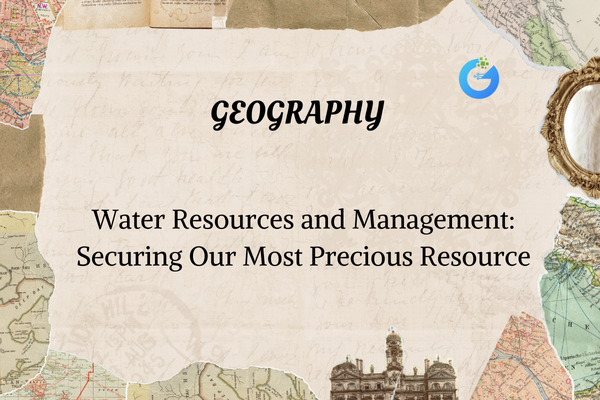Introduction: Where Do We See Metals and Non-Metals?
Let’s start with a quick question.
Have you ever wondered why the wires in your home are made of metal, but the covering around them is made of plastic? Or why cooking pans are metal but their handles are made of something that doesn’t heat up?
This is all because metals and non-metals have very different properties.
Metals and non-metals are two broad groups of elements in the periodic table. Knowing the difference between them helps us understand how materials are used in daily life—whether in buildings, machines, medicines, or even in your body!
expert-led Chemistry classes – visit our website to learn more
What Are Metals?
Metals are elements that have the following characteristics:
- Shiny (lustrous)
- Good conductors of heat and electricity
- Malleable – can be hammered into thin sheets
- Ductile – can be stretched into wires
- Strong and hard (mostly)
- Sonorous – make a ringing sound when struck
Examples of Metals:
- Iron (Fe) – used in buildings and machines
- Copper (Cu) – used in wires
- Aluminium (Al) – light, used in planes
- Gold (Au) and Silver (Ag) – for jewelry
- Zinc (Zn) – used to coat iron (galvanization)
What Are Non-Metals?
Non-metals have the opposite properties of metals. They are:
- Not shiny (except iodine)
- Poor conductors of heat and electricity (except graphite)
- Brittle – break easily when hit
- Not malleable or ductile
- Usually exist as gases or soft solids
Examples of Non-Metals:
- Oxygen (O) – essential for breathing
- Carbon (C) – found in coal and diamonds
- Sulphur (S) – used in medicines
- Nitrogen (N) – found in the air
- Chlorine (Cl) – used in water purification
Physical Properties: Comparing Metals and Non-Metals
| Property | Metals | Non-Metals |
| Appearance | Shiny (lustrous) | Dull (except iodine) |
| State at room temp. | Mostly solids (except mercury) | Solids, liquids, or gases |
| Conductivity | Good conductors | Poor conductors (except graphite) |
| Malleability | Can be beaten into sheets | Brittle, break when hammered |
| Ductility | Can be drawn into wires | Not ductile |
| Sonority | Produce ringing sound | Do not produce sound |
Chemical Properties of Metals
1. Reaction with Oxygen
Metals react with oxygen to form metal oxides, which are basic in nature.
Example: 2Mg + O₂ → 2MgO
Magnesium oxide turns red litmus blue (basic).
2. Reaction with Water
Some metals react with water to form metal hydroxide and release hydrogen gas.
Example: 2Na + 2H₂O → 2NaOH + H₂↑
(Sodium reacts violently with water!)
3. Reaction with Acids
Metals react with acids to form salt and release hydrogen gas.
Example: Zn + 2HCl → ZnCl₂ + H₂↑
Chemical Properties of Non-Metals
1. Reaction with Oxygen
Non-metals form acidic oxides when they react with oxygen.
Example:
S + O₂ → SO₂
Sulphur dioxide turns blue litmus red.
2. Reaction with Water
Most non-metals do not react with water.
3. Reaction with Acids
Non-metals do not react with dilute acids because they don’t donate electrons like metals.
Displacement Reaction
A more reactive metal can displace a less reactive metal from its salt solution.
Example:
Fe + CuSO₄ → FeSO₄ + Cu
(Iron displaces copper from its salt)
Uses of Metals in Everyday Life
- Iron – construction, tools, machinery
- Aluminium – utensils, airplanes, window frames
- Copper & Aluminium – electrical wires
- Gold & Silver – jewelry, coins
- Zinc – coating (galvanizing) iron to prevent rust
Uses of Non-Metals
- Oxygen – for breathing and combustion
- Nitrogen – in fertilizers to help plants grow
- Chlorine – for purifying drinking water
- Sulphur – used in medicines and making fireworks
- Carbon – in fuels, pencils, and even diamonds!
Core Concepts Table
| Term | Description |
| Metal | Element that is shiny, malleable, conducts heat and electricity |
| Non-Metal | Dull, brittle, poor conductor |
| Malleability | Can be hammered into sheets (metals only) |
| Ductility | Can be stretched into wires (metals only) |
| Acidic Oxide | Oxides of non-metals (e.g., CO₂, SO₂) |
| Basic Oxide | Oxides of metals (e.g., Na₂O, MgO) |
| Displacement | Reaction where a metal replaces another |
Frequently Asked Questions
Q1. Which metal is a liquid at room temperature?
Mercury (Hg)
Q2. Which non-metal is a good conductor?
Graphite (a form of carbon)
Q3. What happens when a metal reacts with acid?
It forms a salt and releases hydrogen gas.
Q4. Why are metals ductile?
Because their atoms are arranged in a way that allows them to slide over each other.
Q5. Is iodine a metal or non-metal?
It is a non-metal but has a shiny appearance.
Fun Facts About Metals and Non-Metals
- Gold is so soft and ductile, you can stretch 1 gram into a 2 km long wire!
- Graphite is used in pencil leads and batteries—and it’s a non-metal that conducts electricity.
- Diamond (a form of carbon) is the hardest natural substance on Earth.
- Some non-metals like chlorine are used in water treatment plants to kill germs.
Conclusion
Metals and non-metals are part of everything—from the food you eat to the tools you use. By learning their physical and chemical properties, you understand why some things shine, some break, and others conduct electricity or heat.
This topic helps you connect Chemistry to real life—and that’s what makes learning fun and useful!








